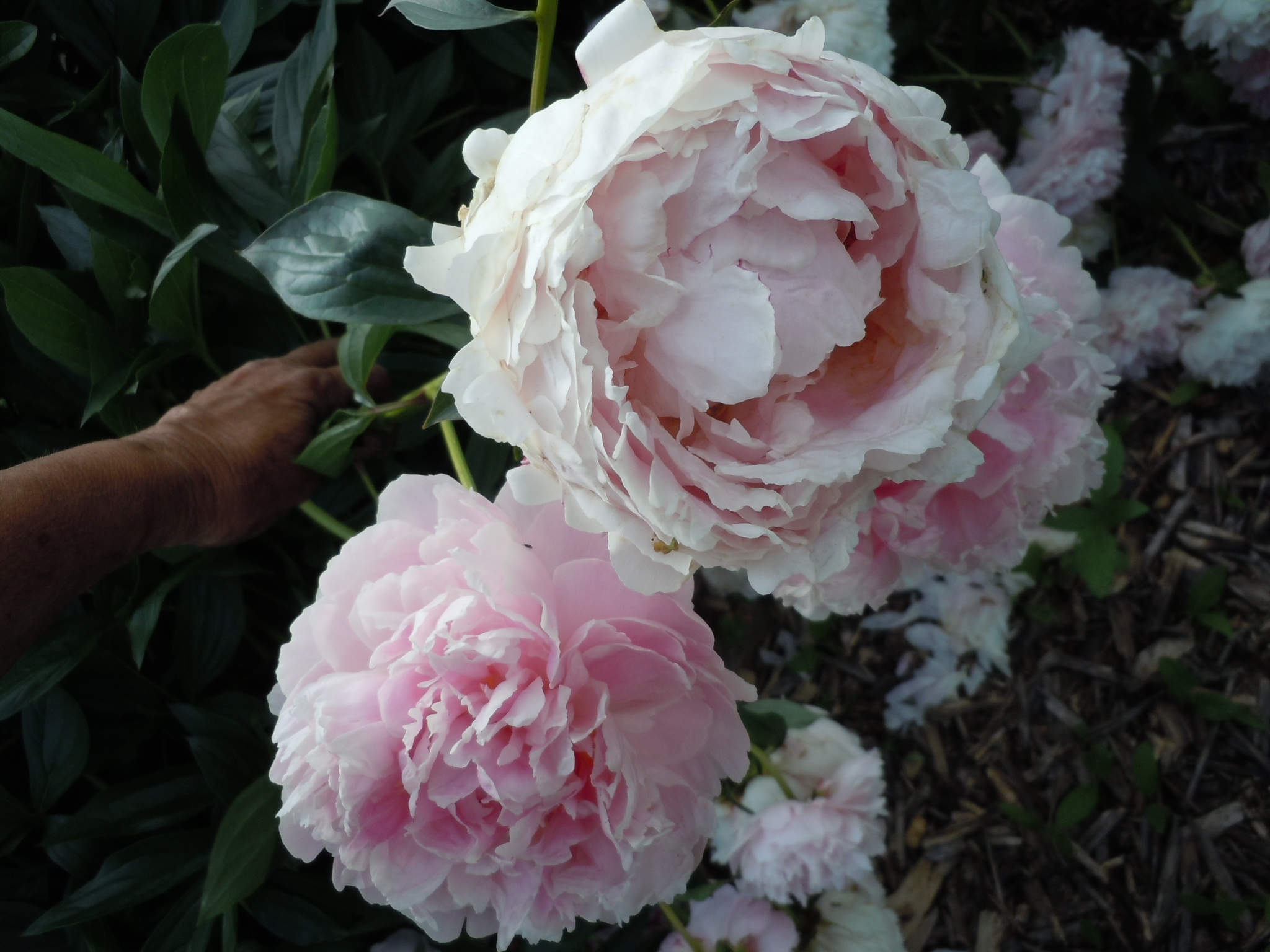Description
Huge, frilly pastel pink blossoms late in the season, fragrant
Huge, frilly pastel pink blossoms late in the season, fragrant
Huge, frilly pastel pink blossoms late in the season, fragrant
Soft, majestic purple-magenta thistles on prickly silver foliage and stems.
Can not ship to: Arizona, Arkansas, Colorado, Connecticut, Idaho, Missouri, Nebraska, Nevada, New Mexico, North Dakota, Oklahoma, Oregon, South Dakota, Texas, Utah, Washington and Wyoming.
Size: 4-6’ x 2”
Care: full sun in moist, well-drained soil
Native: Europe and western Asia
Wildlife Value: Bees, butterflies and birds
Identified by Dioscorides in De Materia Medica for medicinal use around 70 A.D. Chosen as the symbol of Scotland by King James V. According to legend the Scotch thistle helped Scotland fend off a night-time Viking invasion by preventing a sneak attack. It caused the Vikings to scream in pain waking the Scots. Introduced to American gardens in late 1800’s.
Balloon shaped buds opening to white bells in mid-summer to early fall.
Size: 24" x 12"
Care: Full sun to part shade in moist well-drained soil. Heat and drought tolerant. Deadhead for rebloom.
Native: Eastern Asia
Wildlife Value: attracts hummingbirds, bees & butterflies
Awards: England's Royal Horticultural Society Award of Garden Merit.
Platycodon is Greek from platys meaning “broad” and kodon meaning “bell”, referring to the shape of the flower. Cultivated in China for hundreds of years where it is called Jie-geng. Chinese used the root boiled to cure a chill in the stomach. Mentioned in Man’yoshu, a Japanese anthology of poems written in the 8th century. German botanist Johann Gmelin (1709-1755) collected P. grandiflorus in Siberia in 1754. Gmelin’s Siberian mission, sponsored by Catherine the Great, took 10 years and nearly killed him. Gmelin introduced it to European garden cultivation by 1782. Robert Fortune found the white form in a nursery near Shanghai and sent it to England in 1845.
Small crimson-red bells dangle from July to September
Size: 8’ x 3’
Care: Full sun in humusy, fertile, moist well-drained soil. Mulch around the base. Flowers on current year’s stems so cut back to 6-8” in late winter or early spring.
The genus Clematis was named by Dioscordes, physician in Nero’s army, from klema meaning “climbing plant.” The species 1st collected by the “Father of Texas Botany” Ferdinand Lindheimer in 1830’s. Max Leichtlin of the Baden Botanic Garden sent C. texensis to Kew Botanic Garden in London in 1880. French nurseryman Francisque Morel sent this selection to William Robinson. Robinson named it for his English nursery at Gravetye Manor in 1914
OUT OF STOCK
Lavender-Pink outside and white inside funnels in June
Size: 20” x 12-24”
Care: sun in well-drained soil
Native: northeast North America
Wildlife Value: feeds native bees, Baltimore butterfly and endangered Rusty patched Bumble Bee
Penstemon is named for its five stamens, penta meaning “five” and stemon meaning “stamen” in Greek. Penstemons are “handsome and deserving,” Bailey. P. hirsutus sent from America to England in 1758.

